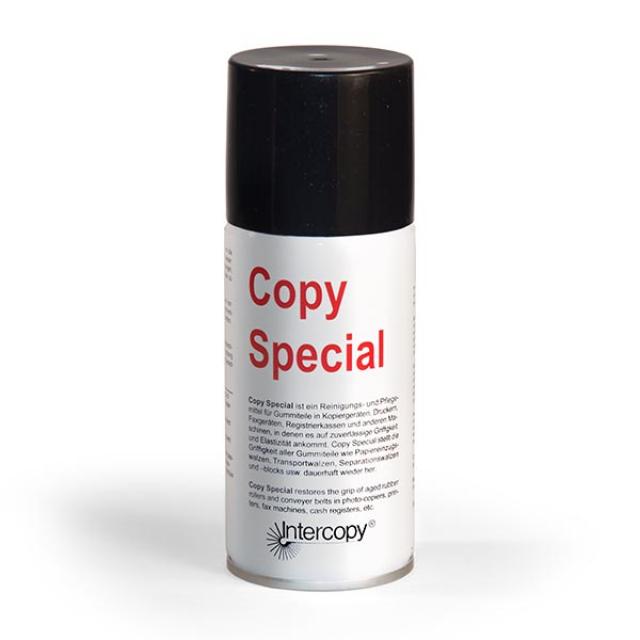You will complete functions inside of copyspecial.py. This program takes one or more directories as its arguments. A "special" file is defined as one where the name contains the pattern __w__ somewhere, where the w is one or more word characters. The provided main() function includes code to parse the command line arguments, but the rest is up to you! Write functions to implement the features below and modify main() to call your functions.
Here are some suggested functions to create in your solution (details below):
get_special_paths(dir)— returns a list of the absolute paths of the special files in the given directory, but not deeper (no recursive search)copy_to(paths, dir)— given a list of file paths, copies those files into the given directoryzip_to(paths, zippath)— given a list of file paths, zip those files up into the given zip path
Gather a list of the absolute paths of the special files in all the directories. In the simplest case, just print that list (here, the . after the command is a single argument indicating the current directory). Print one absolute path per line.
$ python copyspecial.py .
/Users/daniel/Documents/github/kenzie/backend-copy-special-assessment/xyz__hello__.txt
/Users/daniel/Documents/github/kenzie/backend-copy-special-assessment/zz__something__.jpg
We'll assume that names are not repeated across the directories (optional: check that assumption and error out if it's violated).
If the --todir dir option is present on the command line, do not print anything. Instead, copy the files to the given directory, creating the directory if necessary. Use the shutil standard library module for file copying.
$ python copyspecial.py --todir tmp/fooby .
$ ls tmp/fooby
xyz__hello__.txt zz__something__.jpg
If the --tozip zipfile option is present at the start of the command line, run this command: zip -j zipfile <list all the files> from within your code (the subprocess standard library module can help you with this). This will create a zipfile containing the files. Just for fun/reassurance, also print the command you are about to execute (e.g., zip -j <zipfile> <each of the file paths>). (Note to Windows users: Windows does not come with a program to produce standard .zip archives by default, but you can download the free Zip program here.)
$ python copyspecial.py --tozip tmp.zip .
Command I'm going to do:
zip -j tmp.zip /Users/daniel/Documents/github/kenzie/backend-copy-special-assessment/xyz__hello__.txt /Users/daniel/Documents/github/kenzie/backend-copy-special-assessment/zz__something__.jpg
If the child process exits with an error code, your program should exit, displaying the error code and printing the command's output. Test this by trying to write a zip file to a directory that does not exist.
$ python copyspecial.py --tozip /no/way.zip .
Command I'm going to do:
zip -j /no/way.zip /Users/daniel/Documents/github/kenzie/backend-copy-special-assessment/xyz__hello__.txt /Users/daniel/Documents/github/kenzie/backend-copy-special-assessment/zz__something__.jpg
zip I/O error: No such file or directory
zip error: Could not create output file (/no/way.zip)
- Use the
subprocesslibrary to launchzipdirectly as a command line utility from within your program - Don't use the
zipfilelibrary this time - Your code style should be able to pass a PEP8 (flake8) test
- Indents should be 4 spaces (not 2)
- Variable names should be well chosen and meaningful and should be in snake_case
- Include docstrings as the first line of a function
This assignment also has separate unit tests to help you during development. The unit tests are located in the tests folder; you should not modify these. Make sure all unit tests are passing before you submit your solution. You can invoke the unit tests from the command line at the root of your project folder:
$ python -m unittest discover tests
You can also run these same tests using the Test Explorer extension built in to the VSCode editor, by enabling automatic test discovery. This is a really useful tool and we highly recommend to learn it.
https://code.visualstudio.com/docs/python/testing#_test-discovery
- Test framework is
unittest - Test folder pattern is
tests - Test name pattern is
test*
To submit your solution for grading, you will need to create a github Pull Request (PR). Refer to the PR Workflow article in your course content for details.
